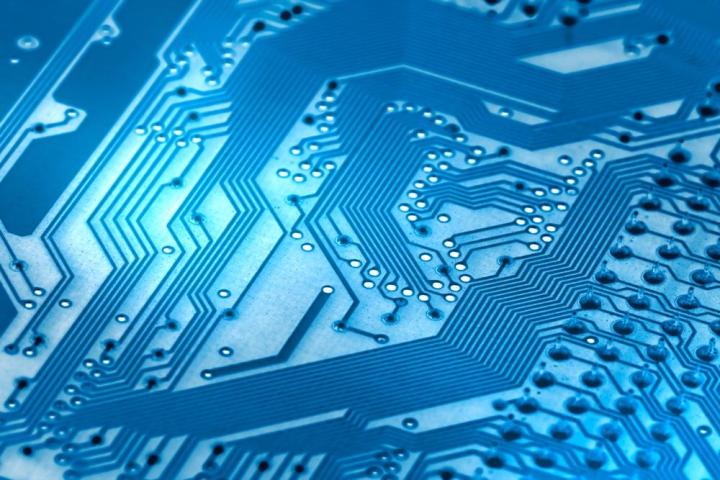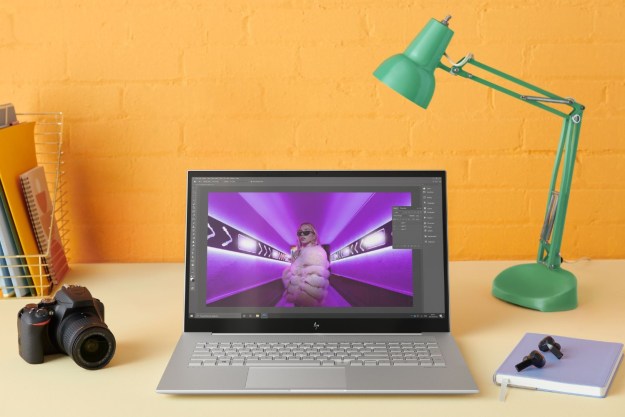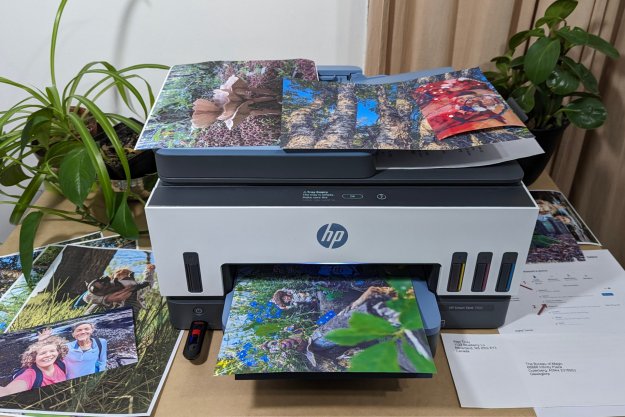
This works, and the value can be changed with blazing speed, but there are downsides. If current is lost the data is also lost (solid state drives get around this to an extent, but can still lose data if disconnected for many years). The need for an application of current also draws power and produces heat. Engineers have always desired a form of memory that’s as quick as DRAM yet doesn’t require the application of current.
Now researchers at Cornell University have made a discovery that could finally turn the dream into a reality. A team lead by post doctoral associate John Heron, professor Darrell Schlom and professor Dan Ralph has found data can be stored in memory made of bismuth ferrite without constant application of current.
Bismuth ferrite, in case you’re wondering, is a chemical compound with an unusual property; it’s multiferroic. This means it has its own, permanent magnetic field and is always electrically polarized. The application of an electric field can change the polarization, and once changed it remains in its new state permanently until a jolt is applied again. The polarization can be read as a bit value, which makes the invention usable as memory.
This means power is required only to change the polarization, but not to maintain it, cutting both power consumption and the heat that results dramatically. And unlike previous similar devices, which worked only at extremely cool temperatures, the bismuth ferrite device functions in a normal ambient environment.
Related: Crossbar’s breakthrough RRAM could enable hard drives the size of a postage stamp
The potential of this invention is significant, but it’s still at a very early stage of development. It’s important to note the researchers have put together just one device, which can hold one bit; a stick of DRAM has millions of capacitors and transistors. For this invention to be useful researchers will need to find a way to put huge numbers of the devices together, all built using bismuth ferrite, an entirely synthetic material.
In short, this is not something coming to your computer next year, the year after that, or even five years from now. If researchers can find a way to construct a functioning memory chip, however, this invention could drastically cut power draw in computers, smartphones, tablets and let engineers achieve even smaller, more compact designs.
Image credit: Mycteria/Shutterstock


